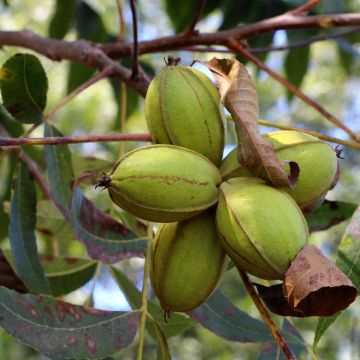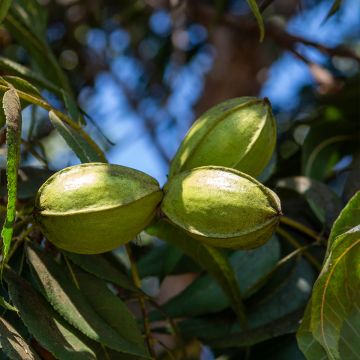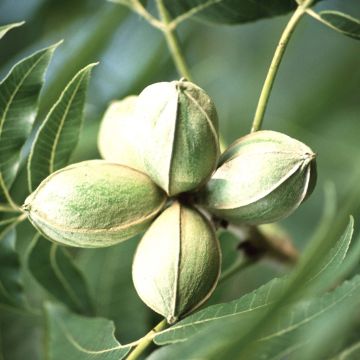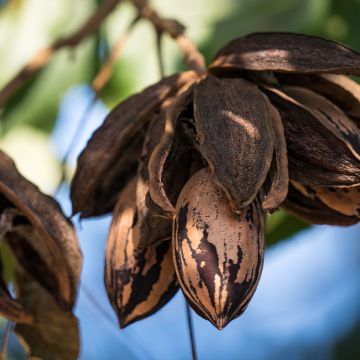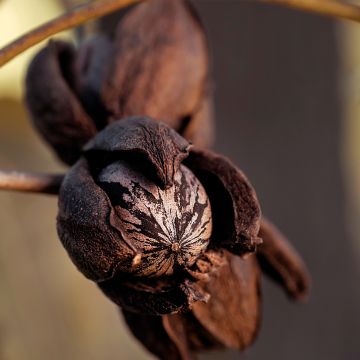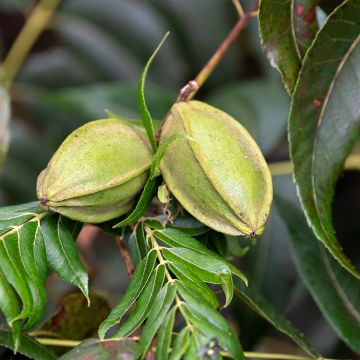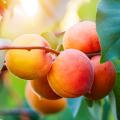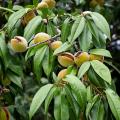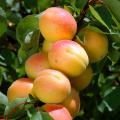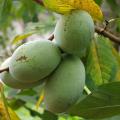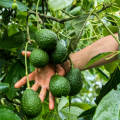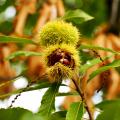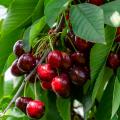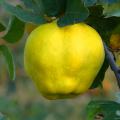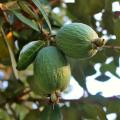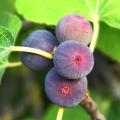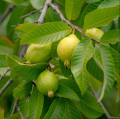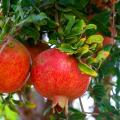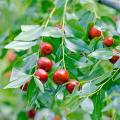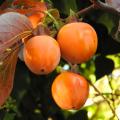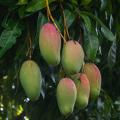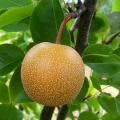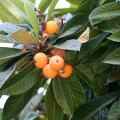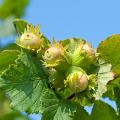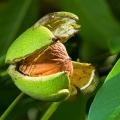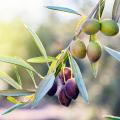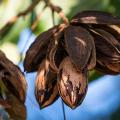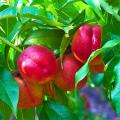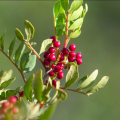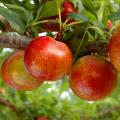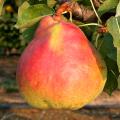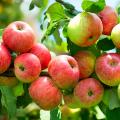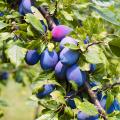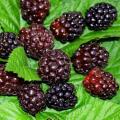Pecan trees
Does this plant fit my garden? Set up your Plantfit profile →
Available in 1 sizes
Available in 1 sizes
Available in 2 sizes
Available in 1 sizes
Available in 1 sizes
Available in 1 sizes
The pecan tree, also known as the pecan walnut or Carya illinoinensis in Latin, is the tree that produces the delicious pecan nut, also called pecan or hickory nut. This cousin of our common walnut (Juglans regia) also belongs to the Juglandaceae family.
Originally from the southeastern United States and northern Mexico, the pecan tree is mainly cultivated in North America. It is less cultivated in Europe because the tree requires both cold winters to induce flowering and long hot summers for the ripening of its nuts, while also having significant water needs in the summer. These needs will be more easily met in our southern regions, provided that the tree can be irrigated in the summer if necessary.
To obtain fruits in our latitudes, it is preferable to choose more 'northern' varieties such as 'Gloria Grande', 'Choctaw', or 'Amling', for example. The fast-growing pecan tree can reach heights of 30 to 40 metres (98 to 131 feet), depending on the hybrids and cultivars, but there are also varieties with more modest growth such as 'Summer', which reaches a height of 15 metres (49 feet) and is suitable for smaller gardens. Partially self-fertile, this tree will produce more fruits if accompanied by another specimen in the garden. The harvest of nuts generally takes place around November when they are fully ripe. Pecan nuts can be stored for about a year. The pecan tree is also a beautiful ornamental tree, with deciduous foliage that turns yellow in autumn. It is best suited for large gardens or parks!
Haven't found what you were looking for?







































